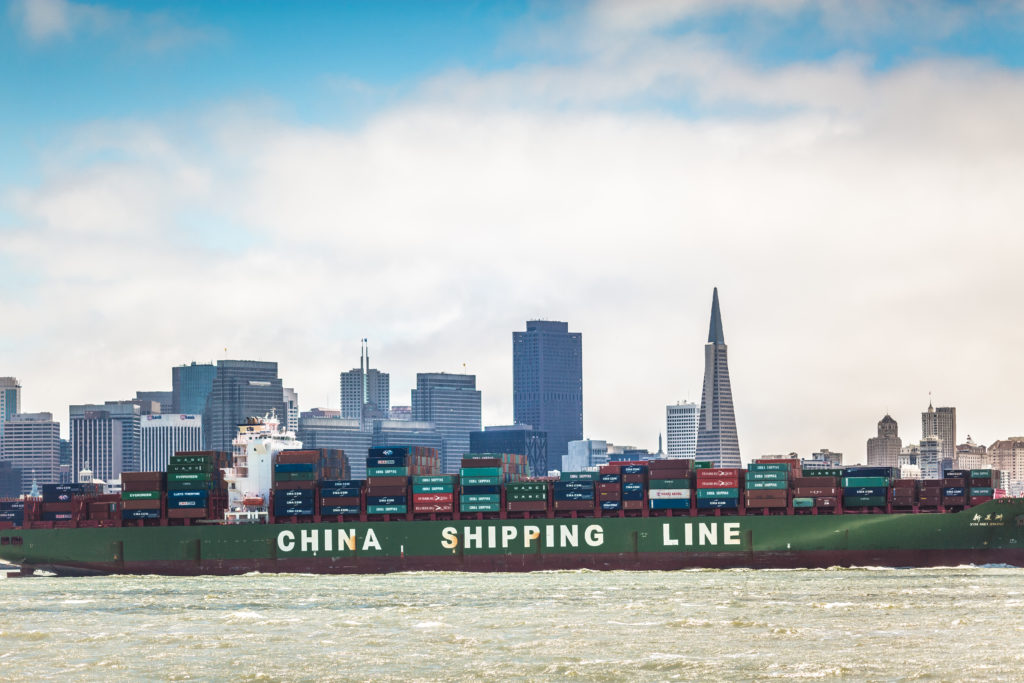
A United States Trade Representative report to Congress calls for new trade tools.
The Office of the United States Trade Representative (USTR) issued its annual Congressional report on Wednesday, evaluating China’s compliance with the commitments it made to enter the World Trade Organization (WTO) in 2001. The report treads familiar ground in reiterating that China has consistently failed to uphold its trade promises but calls for a new approach to trade tools and trade partner relationships in the pursuit of solutions.
As we’ve often written, though China was admitted into the WTO with the hope that the nation would increasingly liberalize its economy, it has resoundingly failed to do so.
U.S. Trade Ambassador Katherine Tai said in a press release accompanying the report:
“China has not moved to embrace the market-oriented principles on which the WTO and its rules are based, despite the representations that it made when it joined 20 years ago. China has instead retained and expanded its state-led, non-market approach to the economy and trade. It is clear that in pursuing that approach, China’s policies and practices challenge the premise of the WTO’s rules and cause serious harm to workers and businesses around the world, particularly in industries targeted by China’s industrial plans.”
In addition to a host of other trade-distorting policies enacted by China, one of the critical areas of trade concern identified in the report is the severe excess capacity in steel and aluminum that China has long sponsored in pursuit of its mission to dominate the global market. For decades, Beijing has utilized this tool to obliterate its foreign competitors, and all signs suggest that it only plans to intensify the attack.
In 2020, China exported more steel than India and Japan, the second and third-largest steel producers, combined, the report states. China still dwarfs other nations in its steel production and exports today.
“For steel, the resulting over-production has distorted global markets, harming U.S. manufacturers and workers in both the U.S. market and third-country markets, where U.S. exports compete with exports from China,” the report states. “While China has publicly acknowledged excess capacity in these industries, among others, it has yet to take meaningful steps to address the root causes of this problem in a sustainable way.”
The consequences of China’s refusal to change its state-led, non-market policies, which has enriched its industrial state champions, have had serious ramifications for America’s workers and industries.
“The industrial policies that flow from China’s non-market economic system have systematically distorted critical sectors of the global economy such as steel, aluminum, solar and fisheries, devastating markets in the United States and other countries,” the USTR states in the report.
The Economic Policy Institute found that the U.S. trade deficit with China between 2001 and 2018 was responsible for the loss of 3.7 million jobs in the U.S., according to 2020 report.
In the face of this devastation, the U.S. has attempted to enforce WTO rules and sought resolution through bilateral negotiations to little avail.
As Alliance for American Manufacturing President Scott Paul commented recently, the U.S.-China “Phase One” trade agreement that the Trump administration brokered in January 2020 secured almost exclusively superficial changes to America’s trade relationship with China. Rather than address substantive transformation of Beijing’s economic management practices, President Trump opted for what was largely a purchasing agreement – one that China has thoroughly failed to meet.
A Peterson Institute for International Economics report found that China remains billion of dollars short on the “Phase One” purchasing requirements. Meanwhile, the U.S. goods trade deficit rocketed to record levels in 2021, with a trade deficit increase of $45 billion with China alone.
“These dialogues were intended to push China toward complying with and internalizing WTO rules and norms and making other market-oriented changes,” states the USTR report. “However, they only achieved isolated, incremental progress. At times, the United States did secure broad commitment from China for fundamental shifts in the direction of Chinese policies and practices, but these commitments were unenforceable, and China repeatedly failed to follow through on them. Over time, moreover, commitments from China became more difficult to secure.”
Optimistically named “Phase One,” the Trump administration implied that there would be further trade agreements with China that would achieve more than purchasing agreements, but further trade talks coordinated by the Trump administration stalled. And, China’s intractability has only continued during the Biden administration.
“[I]t is clear that domestic trade tools – including updated or new domestic trade tools reflecting today’s realities – will be necessary to secure a more level playing field for U.S. workers and businesses,” the USTR report states. “The United States therefore is exploring how best to use and improve domestic trade tools to achieve that end.“
The report identifies several of these tools while noting that “WTO rules do not, and cannot, effectively discipline many of China’s most harmful policies and practices.” Thus, solutions for China’s market manipulations and bad trade practices will mostly come down to “bilateral engagement and the use of domestic trade tools” as well as leveraging other trade partner relationships.
However, the USTR asserts that a response to China’s state capitalism must also include “work to strengthen our economy, our supply chains, our infrastructure, our workers, our farmers and our businesses and to lay a solid foundation for us to continue to innovate and maintain our technological edge.”
With an extensive history of economic distortion and broken promises, there’s little reason to think that China will transform its trade system any time soon. Thus, our best hopes lie in strengthening America’s domestic manufacturing base – and the Biden administration appears to agree.
